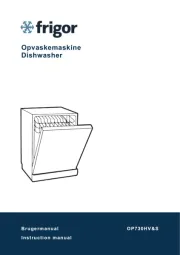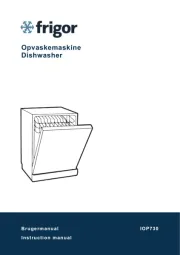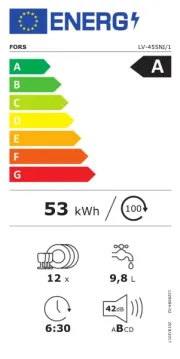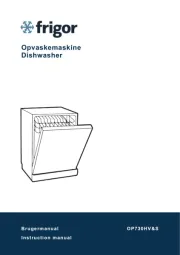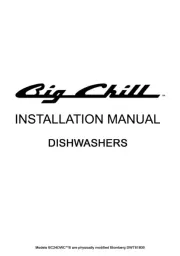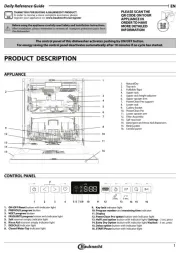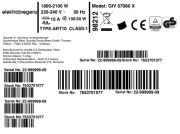Miele G7266SCViSF Manual
Læs gratis den danske manual til Miele G7266SCViSF (112 sider) i kategorien Opvaskemaskine. Denne vejledning er vurderet som hjælpsom af 34 personer og har en gennemsnitlig bedømmelse på 5.0 stjerner ud af 17.5 anmeldelser.
Har du et spørgsmål om Miele G7266SCViSF, eller vil du spørge andre brugere om produktet?

Produkt Specifikationer
| Mærke: | Miele |
| Kategori: | Opvaskemaskine |
| Model: | G7266SCViSF |
Har du brug for hjælp?
Hvis du har brug for hjælp til Miele G7266SCViSF stil et spørgsmål nedenfor, og andre brugere vil svare dig
Opvaskemaskine Miele Manualer
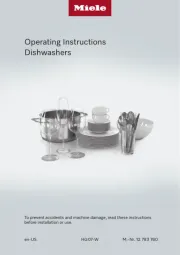
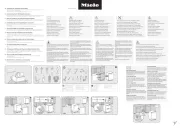
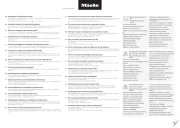
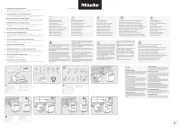
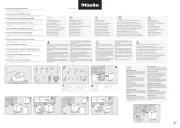
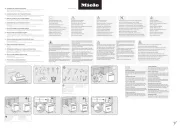
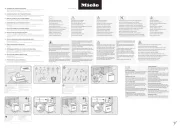
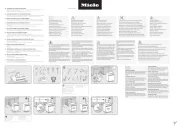
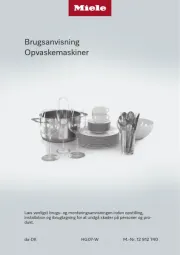

Opvaskemaskine Manualer
- Proline
- EKU
- Kucht
- Tesla
- Unique Appliances
- Master Kitchen
- Jolly
- Matrix
- Glem Gas
- OK
- Arctic Cooling
- Fotile
- Nodor
- Ariston
- Newpol
Nyeste Opvaskemaskine Manualer
